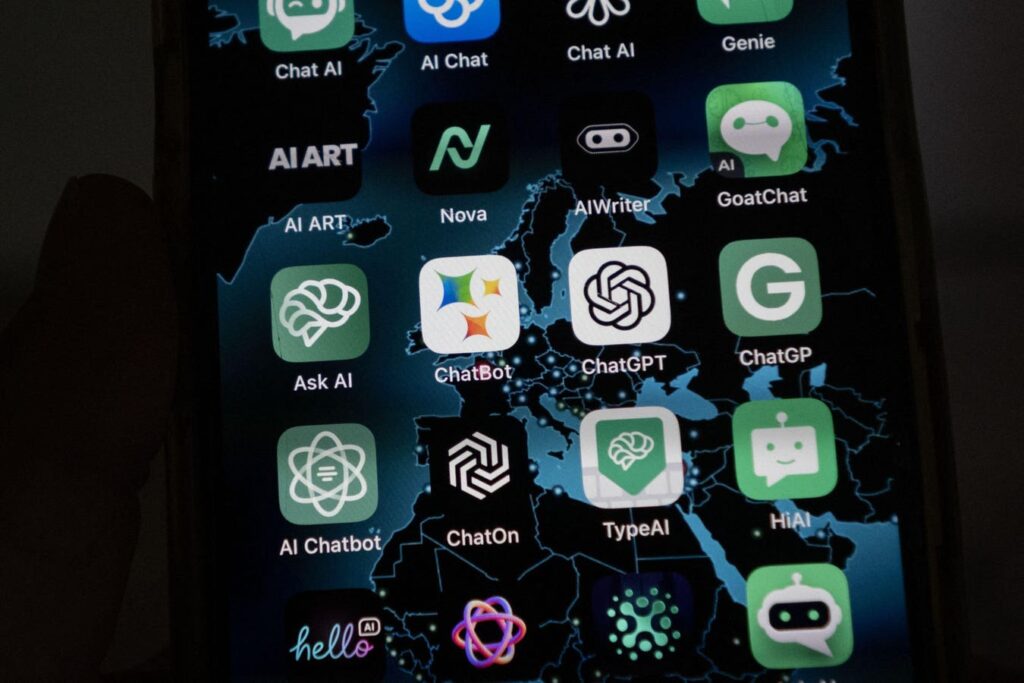
How to Build an AI Strategy That Works for Your Employees
In today’s rapidly evolving technological landscape, it is more crucial than ever for organizations to develop an AI strategy that not only aligns with their business goals but also benefits their employees. A staggering 90% usage rate of custom GPT-based tools and the widespread adoption of Microsoft and GitHub Copilot demonstrate that AI is no longer a novelty, but a fundamental component of modern work.
To build an AI strategy that works for your employees, it is essential to:
1. Foster a Culture of Collaboration
AI can expedite completion of up to 60-80% of tasks, freeing employees to focus on strategic and creative aspects of their work. Leaders should maintain consistent communication with employees, emphasizing the importance of augmenting human effort rather than replacing it.
2. Leverage Cross-Functional AI Task Forces
Establish cross-functional AI task forces comprising representatives from various departments to align AI initiatives with broader business goals and address specific operational challenges. This approach ensures that technical and non-technical staff collaborate better, identifies potential roadblocks early on, and enhances collaboration.
3. Address Distrust and Fear Head-On
AI adoption is often met with distrust and fear due to concerns about job displacement, opaque decision-making, or ethical risks. Organizations must reframe AI as a collaborative tool, ensure ethical practices, and maintain consistent communication to build trust among employees.
4. Prioritize Personalization and Collaboration
To accelerate AI adoption, businesses should develop AI tools that are tailored to individual roles, intuitive, and easy to use. Additionally, AI tools should facilitate collaboration by empowering employees to work alongside AI in real-time. This approach will enhance teamwork and innovation, ultimately driving business success.
As Porter aptly noted, “AI has the ability to improve efficiency, support better decision-making, and deliver cost savings by automating repetitive tasks. When employees embrace AI, they’re not just adapting to change – they’re shaping the future of work.”
By embracing an inclusive and collaborative approach to AI adoption, organizations will be well-positioned to navigate the challenges and opportunities presented by this transformative technology.
Kolawole Samuel Adebayo
Source: www.forbes.com


